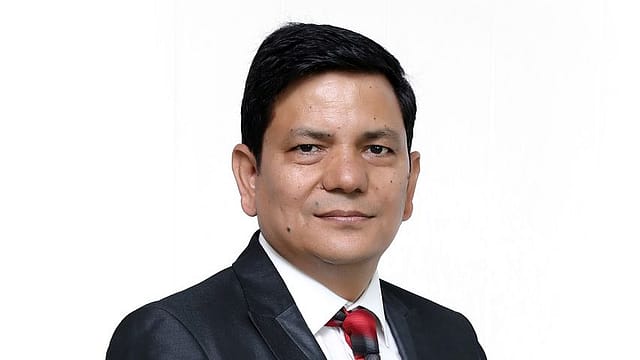Thomas Cook to broaden base in India through ‘immersive tourism’
ADVERTISEMENT

Travel and travel financial services company Thomas Cook, which mostly caters to its foreign clientele in India, is rethinking its strategy with rising travel spend by Indians. This year, there was considerable growth in the number of visitors, both domestic and foreign, to the Kumbh Mela, which began on 15 January and ended on March 4 in Prayagraj, U.P., pointing to the potential in spiritual and religious tourism in India.
In an interview with Fortune India, Thomas Cook India’s Neeraj Singh Dev, senior vice president and head, e-commerce, spoke about the significant change in travel trends in India and its ‘immersive tourism’ strategy.
Edited excerpts:
How has travel trends in India changed over the years?
The major change this year is that people who are from middle-class India or upper middle-class India are willing to spend now, more than ever. I think social media has played a great role. Also, there has been an increase in working millennials in metro cities. A lot of them are now moving towards spiritual tourism. People want to get away from the mundane routine of life and getting something which is purely spiritual. For example, in the Kumbh Mela this year, around 40% of the packages offered by TCIL (Thomas Cook (India) Ltd) have been booked by them. Through this, they are able to explore not only the spiritual event, but also indulge in local sightseeing including forts, temples and museums, and experience an adrenaline rush via some adventure sports, etc.
This was the first time you opened for local guests during the Kumbh Mela. Why was that?
We have been doing it for our foreign guests so far. We have observed over the years that a lot of foreigners wanted to join this event. But for the first time we have opened the packages and have started promoting local tourism and that’s where we have seen better traction. They are the ones especially from metro cities like Bengaluru, Delhi, the NCR, Mumbai, and Pune. Most of the travel companies were focussing on foreign tourists till now, but this year was a turning point. Three months back, we did some test promos on Facebook and Instagram and saw huge interest on these posts. This actually made us think that we should offer attractive packages to our local consumers as well.
January 2026
Netflix, which has been in India for a decade, has successfully struck a balance between high-class premium content and pricing that attracts a range of customers. Find out how the U.S. streaming giant evolved in India, plus an exclusive interview with CEO Ted Sarandos. Also read about the Best Investments for 2026, and how rising growth and easing inflation will come in handy for finance minister Nirmala Sitharaman as she prepares Budget 2026.
How do you plan to expand in India?
So, what we’re doing is we have a section called ‘culture and festivals’ within India and we want to get into the concept of immersive travel. Local tourism will get a boost because of spiritual tourism. For example, from a tourism point of view, like in U.P., only Lucknow and Agra circuits were well known. But eastern U.P. parts such as Varanasi, Prayagraj and Kanpur—that also has a lot of history around it—get a boost because of spiritual and immersive tourism.
What do you exactly mean by immersive travel?
It is for the young people and millennials. Not just the usual sightseeing, but they would also like to immerse themselves or experience the local culture, festivals and cuisines of that particular place when they visit there. We have mapped the entire 12 months of the local festivals pan India like the Hornbill Festival in Kohima, the Sindhu Festival in Ladakh, the Tulip Festival in Kashmir, the Pushkar Mela in Rajasthan etc. Like Kumbh has been a fantastic example of immersive travel. People want to be a part of these events and festivals so that they get closer to the reality of that local place rather than just staying in a hotel or sitting in a car and sightseeing. That concept is fading away now.
Are companies which offer budget travel such as Oyo and Make My Trip a threat to you?
That’s not our domain at all. We don’t want to focus on the funnel. We want to focus on people who appreciate value and give that kind of premium. We are a holiday company and our essence or central idea is a holiday combined with other activities such as visits to temples, etc. but our base will always remain vacation [packages]. We are very clear. We are not in the business of giving a one day trip to Shirdi. We started this journey three years back and not only do people want to visit the temple but they also want to see the best of the tourism that’s available in that particular area. That’s why we have packages such as Vaishno Devi with best of Kashmir or say, golden temple with the best of Himachal Pradesh. That has been our USP. That’s what we focus on.
